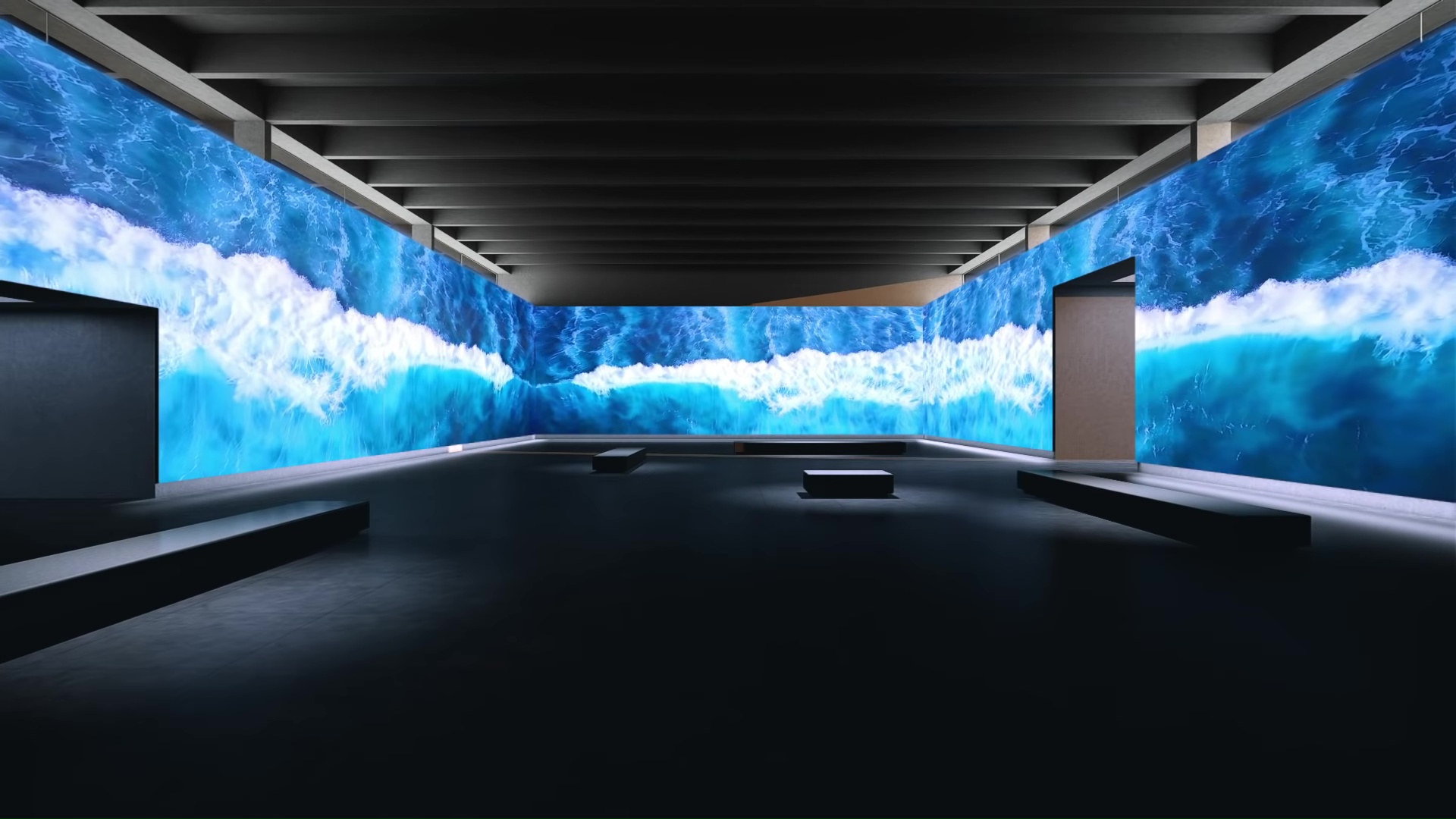Investigating How Definition Influences the Functionality and Visual Quality of Light Emitting Diode Walls in Contemporary Exhibition Technology
Investigating How Definition Influences the Functionality and Visual Quality of Light Emitting Diode Walls in Contemporary Exhibition Technology
Blog Article
Light Emitting Diode screens are becoming more and more common in various settings, including concerts and athletic events to corporate displays and creative installations. One of the most important elements that affect the performance and visual clarity of these screens is resolution. Resolution denotes the quantity of picture elements that make up the visual on the display. Higher image clarity indicates additional pixels, which can result in sharper and crisper images. Grasping how image clarity impacts LED walls can help users make knowledgeable decisions about their screen needs.
When discussing resolution, it is crucial to consider pixel pitch, which is the gap between the midpoint of one pixel to the center of the following pixel. A reduced picture pitch results in a greater image clarity, enabling more clarity in the visuals shown. For instance, an LED screen with a pixel spacing of 1.5mm will provide a sharper visual than one with a picture pitch of 3mm. This is especially crucial in settings where viewers are close to the screen, such as in a compact venue or a exhibition show booth. In these situations, a greater image clarity can greatly enhance the viewing quality.
Another aspect of image clarity is its effect on hue accuracy and luminosity. LED screens with higher image clarity often have superior color reproduction, indicating that the colors shown are increasingly vibrant and realistic. This is crucial for applications like marketing, where the objective is to attract attention and convey a message efficiently. Additionally, greater resolution displays can preserve brightness levels even when seen from various perspectives. This is crucial in big locations where audiences may be positioned at various ranges and angles from the screen.
The functionality of LED screens is also affected by resolution in terms of update frequencies and reaction durations. A greater image clarity screen can handle faster update frequencies, which is crucial for fast-moving content such as videos and motion graphics. This indicates that the images on the display will appear more fluid and more fluid, enhancing the total observing quality. In comparison, reduced image clarity displays may struggle with fast-moving content, resulting in fuzziness or delay. Therefore, for occasions that depend on dynamic images, selecting high color accuracy led panels a display with a appropriate resolution is vital.
In conclusion, image clarity plays a crucial role in defining the performance and image quality of LED walls. Factors such as pixel spacing, hue precision, luminosity, update rates, and reaction times all affect how effectively a screen can communicate information and engage audiences. As technology continues to advance, grasping these factors will assist operators select the appropriate LED wall for their specific needs, guaranteeing that they obtain the optimal potential outcomes in their presentations and occasions.